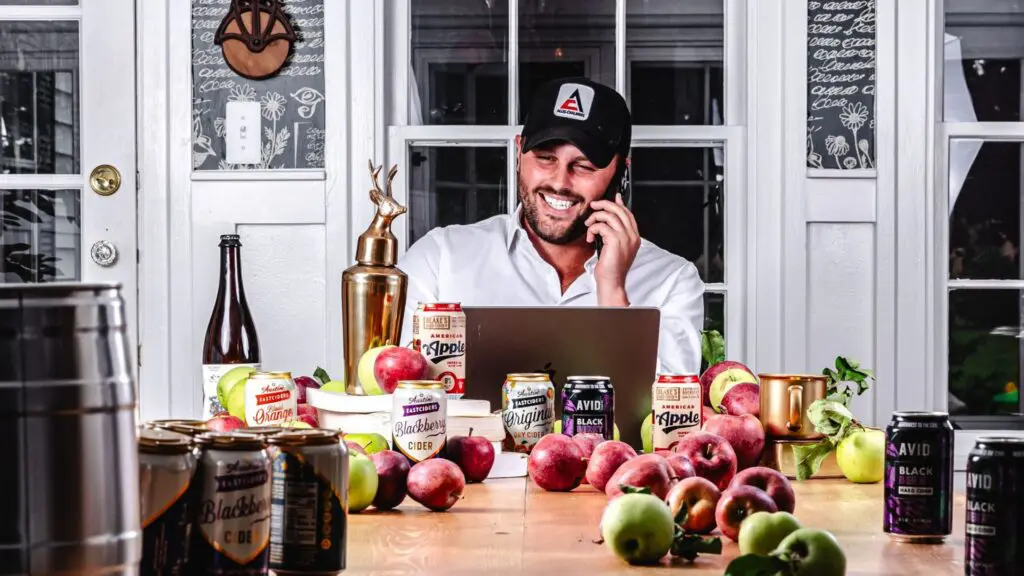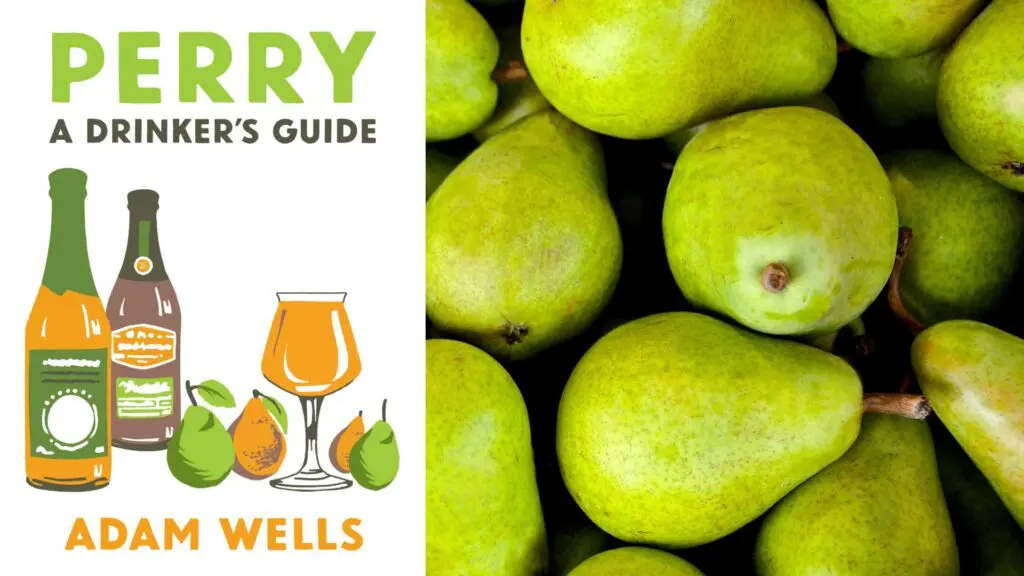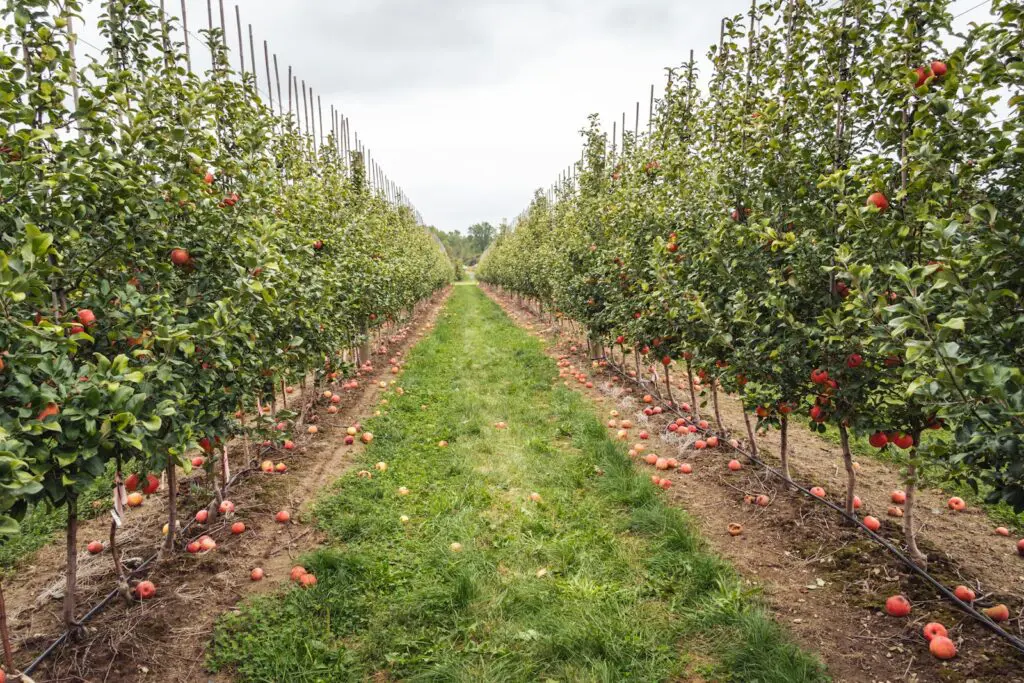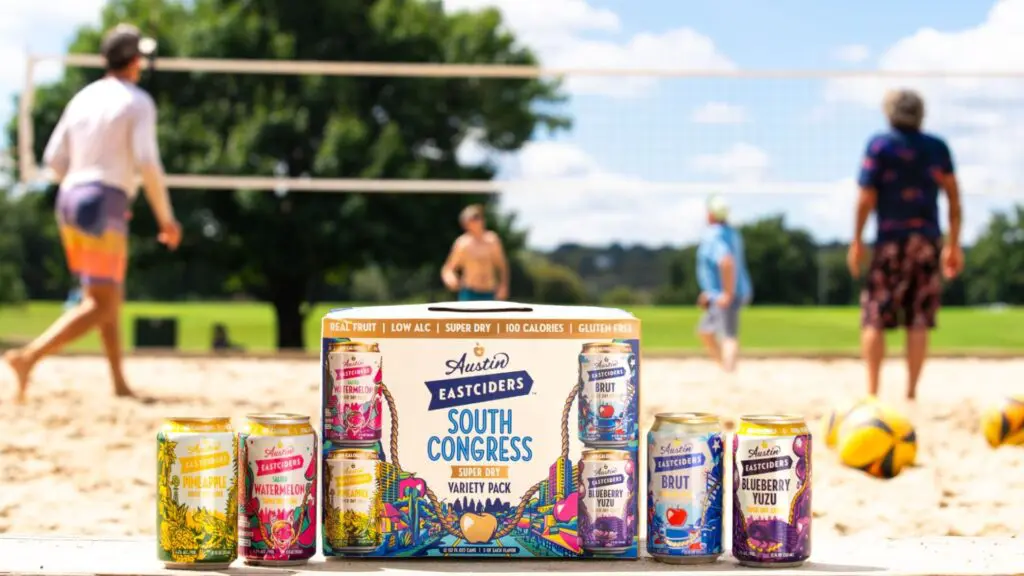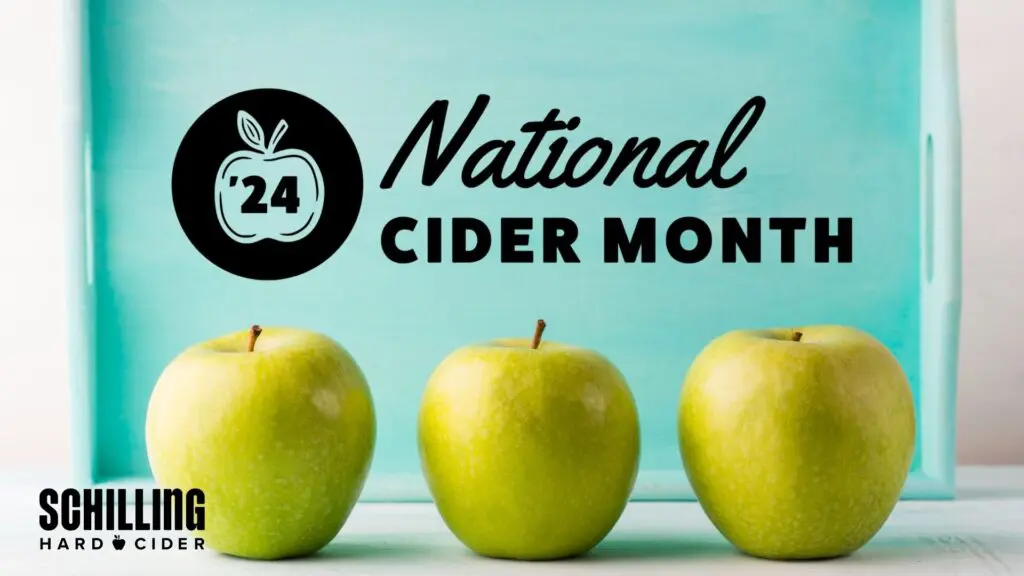What’s in a name? According to David Schuemann, author of 99 Bottles of Wine, “naming and branding can be a powerful combination when developed correctly. Together they form the vision and the essence of your brand, communicate the benefit of your product, and ultimately support an emotional connection with your target consumer.”
When it comes to product names and emotional connections, I am gleefully guilty. Nothing gets my curiosity piqued and insides desirous like being teased by a cider called “El Chavo,” “Inclinado,” or “Frequin Good.”
Each month I ask one question to three cidermakers with the intent to compare the similarities and differences between artists of the same craft. And since we’re talking about branding ciders, February’s question is:
Where do you get inspiration when naming your ciders?

Mark McTavish, Founder
101 Cider House (Los Angeles)
There is a story behind every name. We have developed a unique nomenclature for our natural ciders, drawing inspiration from the ingredients and the people behind each blend.
Our top sellers are named using descriptors, setting a clear expectation of what’s inside each can. Examples are “Cactus Rosé” (prickly and pink), “Black Dog” (a black cider made with activated charcoal), or the aptly named “Gunpowder Guava” (fresh guava and gunpowder green tea).
For our seasonal offerings we like to get a bit more playful, teasing consumer interest with cheeky monikers like “Frosted Tips” (spruce tips and fresh-picked spearmint) or “3 Day Weekend” (a summer crusher made with strawberry and hibiscus).
Last but not least are our limited offerings, where we like to tell a short story with each name. We target craft beer fans with “Hipster Brunch” (mosaic hops, peaches and pink sea salt), and old world cider drinkers will be drawn to “Sagardo Eskozia” (a Basque style cider aged in single malt Scotch barrels).
 James Forbes, Co-Founder & Head Cidermaker
James Forbes, Co-Founder & Head Cidermaker
Little Pomona Orchard & Cidery (Herefordshire, England)
Just as we don’t set out to make specific ciders – it’s more that they emerge or are discovered among the ferments – so it is with the naming.
Music is important to us at Little Pomona and not just emotionally. The ever-changing soundtrack that plays daily, helps power us through our work. I guess it’s not surprising that many of our cuvée names are inspired by the tunes and bands we’re listening too.
“On the Beech” for example, a beautiful, vinous cider emerged from a rare and much underappreciated apple variety, White Beech, and is named after the similarly underappreciated and ethereally brilliant, Neil Young album of the same name.
“Old Man & the Bee,” our annual release exploring the terroir and seasonality of our home orchard, is named principally after Mark Murray, the retired farmer who planted it, as well as the bees and other pollinators on which we rely. Metaphorically speaking, we kind of feel Hemmingway’s Old Man and the Sea and orchard-based cidermaking are closely aligned.
Tariq Ahmed, Founder and Cidermaker
Revel Cider Company (Ontario, Canada)
Our inspiration for names comes from loads of places (sometimes literary fiction and sometimes places we’ve been). But for the most part, we’re trying to capture the energy of a given beverage. For example, “Soif” (French for “thirst”) is the name of a cider we make that is one of our most quaffable blends. Strawberries, cherries and Zweigelt grape skins on a base of heritage apples makes for an experience that reminds us of jolly ranchers. The name of Soif was inspired by Vin de Soif, those easygoing wines that we love to come back to time and time again.
Lee Reeve is the owner-operator of inCiderJapan G.K. (www.inciderjapan.com), an importer/distributor, retailer, and producer of cider and cider-related goods. He is also the publisher of inCiderJapan, Asia’s first and only bilingual magazine dedicated to all things cider.
Lee Reeve can be reached at [email protected].



 James Forbes, Co-Founder & Head Cidermaker
James Forbes, Co-Founder & Head Cidermaker
